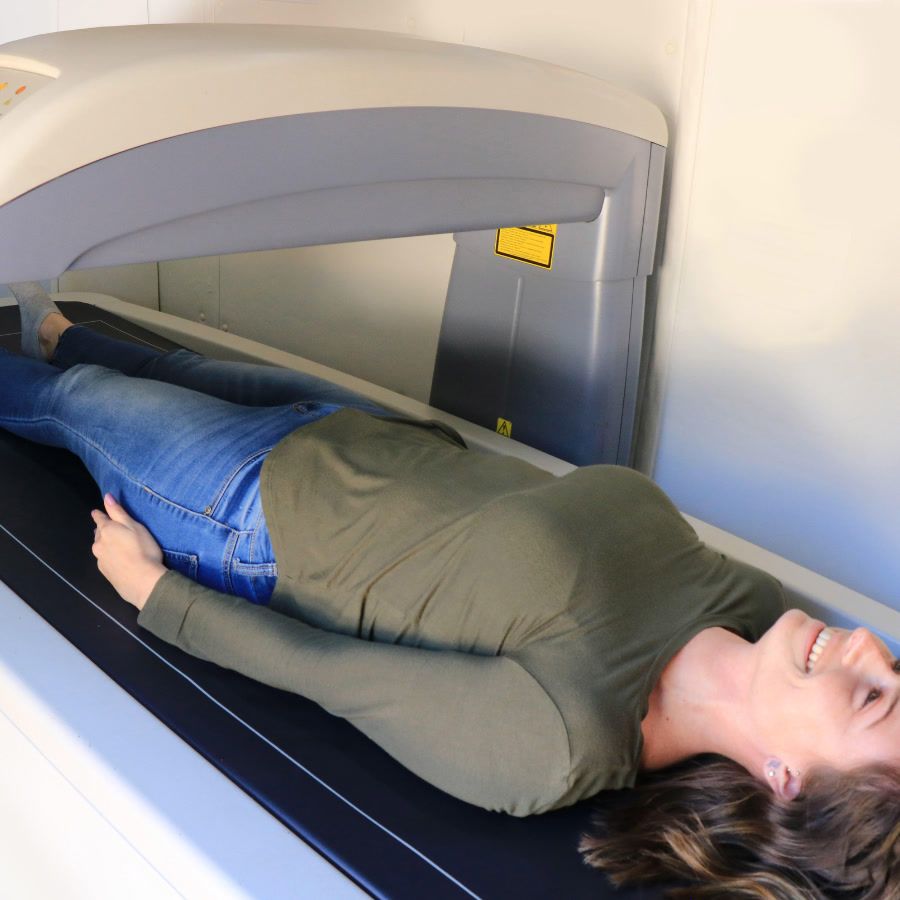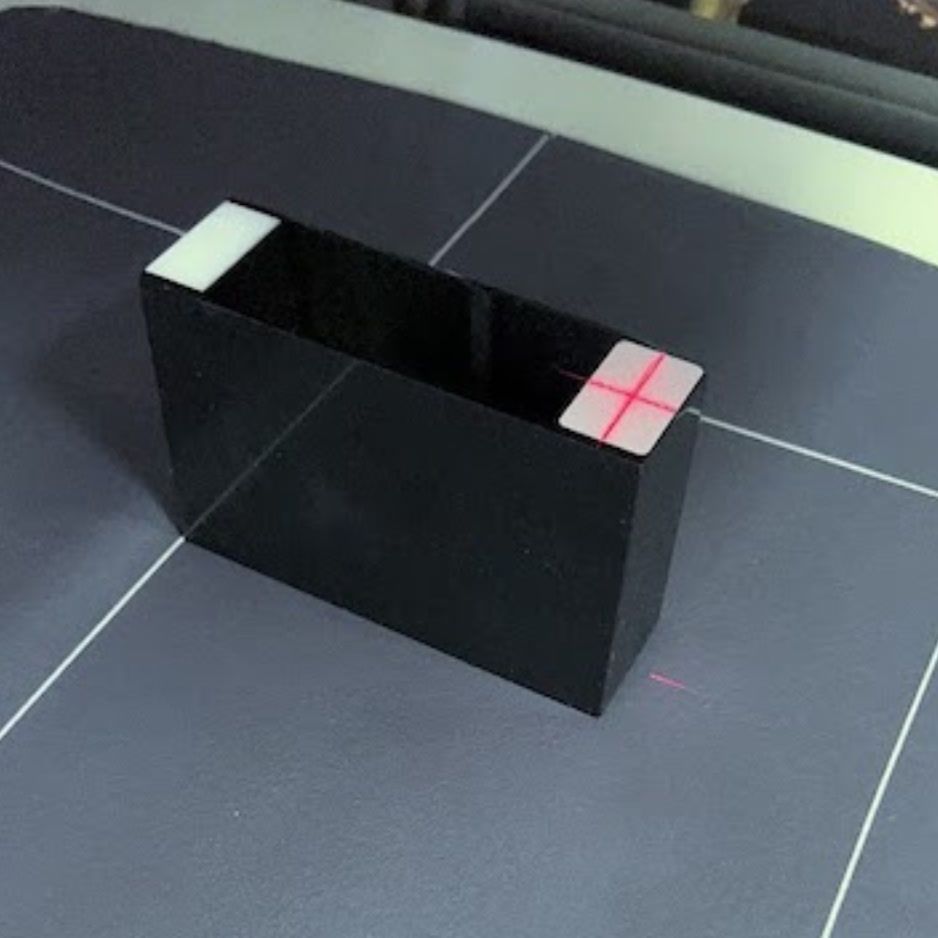Skinny Fat Body Type: Definition and Transformation Plan

Skinny Fat Body Type: Definition, Risks & A 12-Week Transformation Blueprint
Feeling lean in clothes but noticing a soft, undefined physique in the mirror? You might fit the profile of the skinny fat body type—people whose scale weight appears normal yet whose body-fat-to-muscle ratio negatively impacts health and aesthetics.
This guide explains the skinny fat body type, why it matters, and how to address it with a 12-week plan. Each phase includes persona-specific tips so you can tailor the approach to your own lifestyle.
Quick-Glance Takeaways
- You can have a normal BMI yet still carry risky levels of visceral fat and low lean mass—this is called normal-weight obesity (skinny fat) or TOFI (thin outside, fat inside).
- A DEXA scan is the gold-standard test to confirm the condition because it measures fat, muscle and bone in one 10-minute session; Book your DEXA scan now.
- The antidote isn’t endless cardio or crash diets. Instead, combine:
- This 12-week roadmap is a template to guide fat loss and muscle gain. Retest with DEXA to track your individual progress.
Which Body Types Are More Prone to Being Skinny Fat?
1. Naturally slender builds that avoid resistance training
A higher resting metabolism and lighter frame keep scale weight low, but a sedentary lifestyle allows body fat to accumulate while muscle stays under-developed.
2. Cardio-heavy, low-protein lifestyles
Chronically under-eating protein or over-relying on cardio can drive muscle loss, increasing the body’s fat-to-muscle ratio.
Certain ethnicities—particularly South Asians—also carry a higher proportion of visceral fat at lower BMIs, putting them on the skinny-fat spectrum sooner (WHO Expert Consultation, 2004).
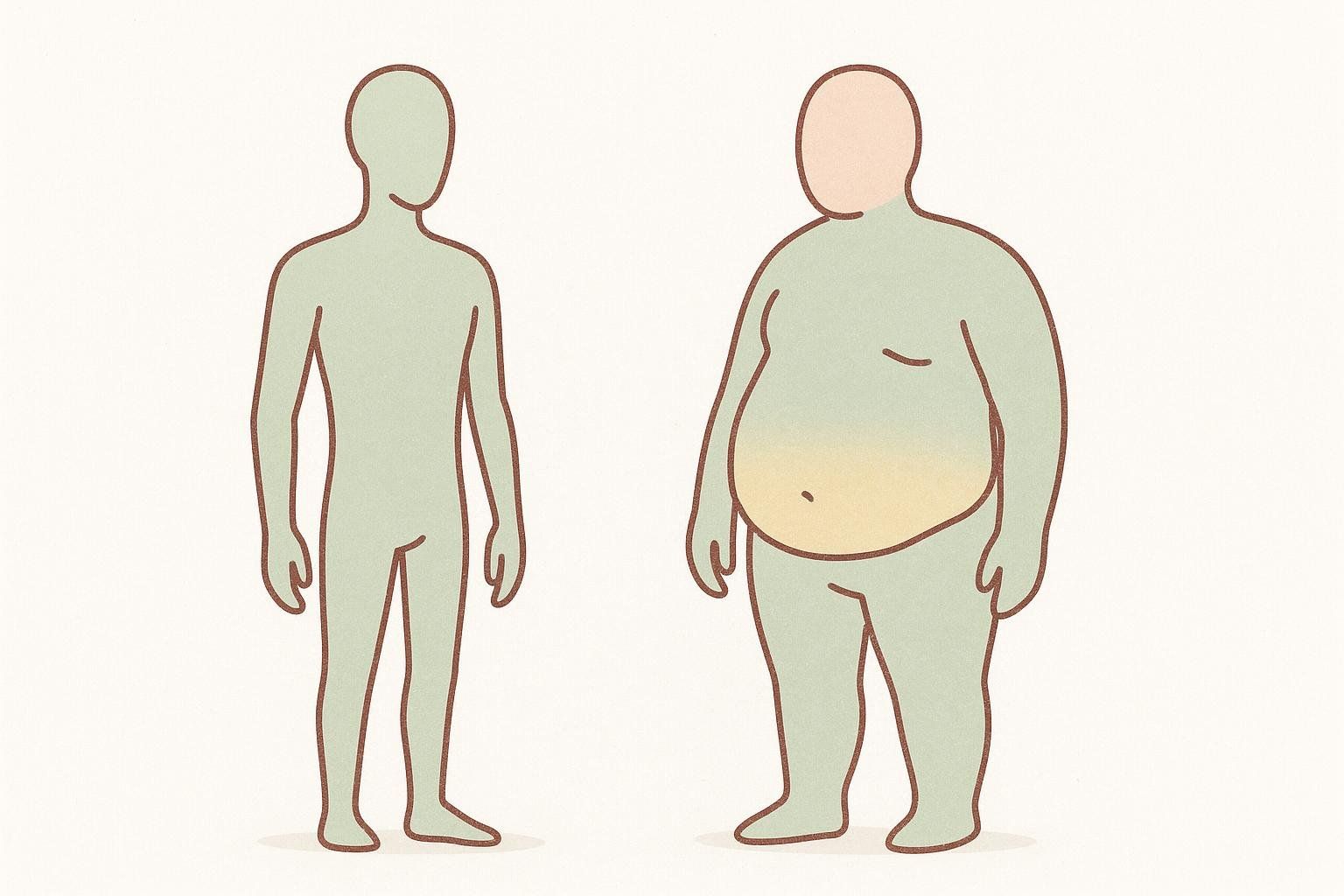
What Exactly Is the Skinny Fat Body Type?
Skinny fat refers to a physique that looks slim in clothing yet hides a high body-fat percentage and comparatively low muscle mass. In medical literature, the condition is called metabolic obesity, normal weight (MONW) or normal-weight obesity (see Endotext review, 2021).
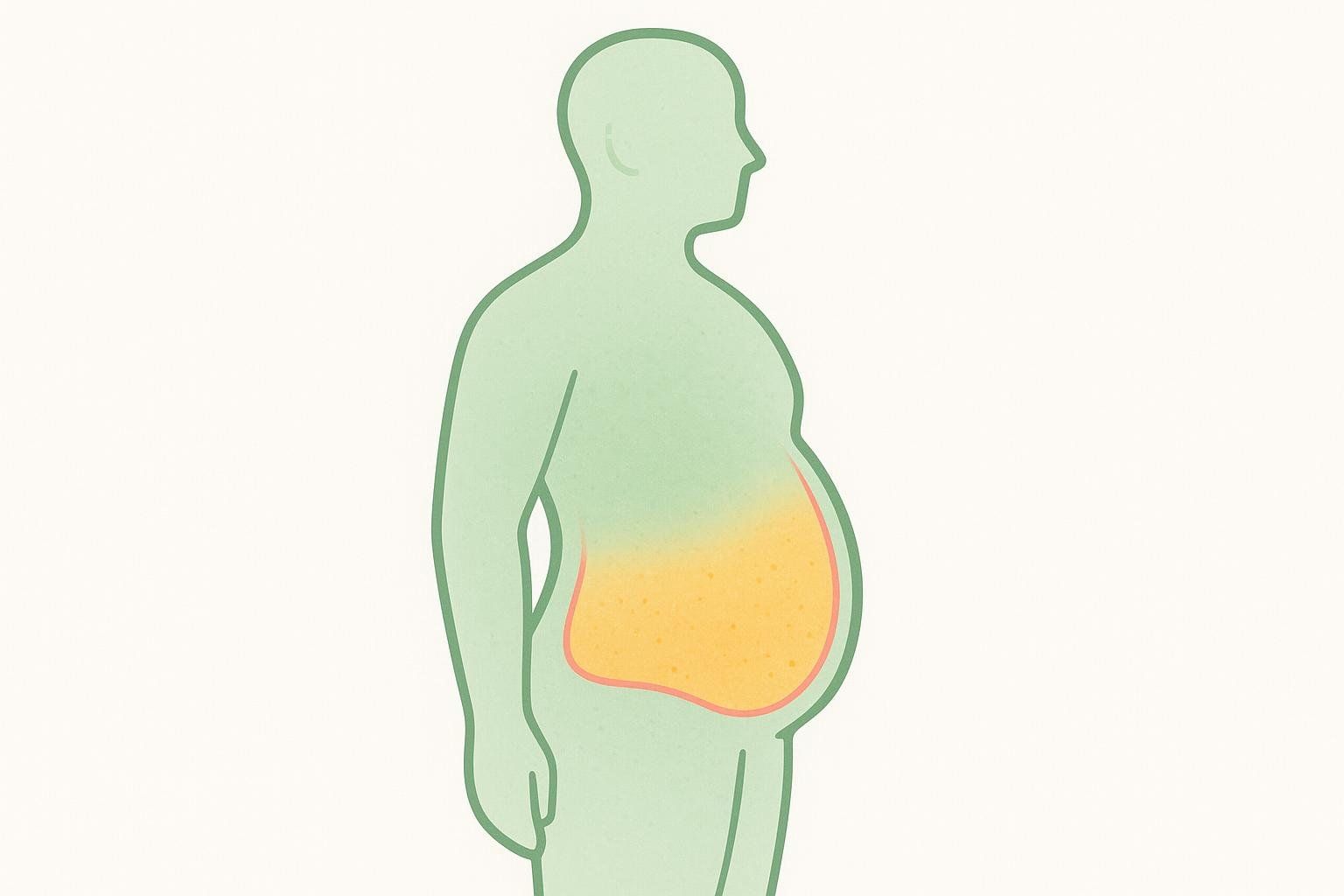
Why the Scale—and BMI—Miss the Mark
BMI is a calculation based on only two variables: height and weight. It ignores body composition. Research from Staiano et al., 2014 found that up to 29 million U.S. adults with a “healthy” BMI still showed metabolic risk factors typical of obesity.

For a deeper dive, read Why BMI Fails to Measure Visceral Fat.
How to Tell if You’re Skinny Fat
1. Use an Objective Body-Composition Test
A DEXA scan is the simplest, most accurate way to confirm. It reports pounds (or kilos) of fat vs. lean mass and highlights visceral-fat area.
2. Run the 60-Second Self-Assessment Quiz
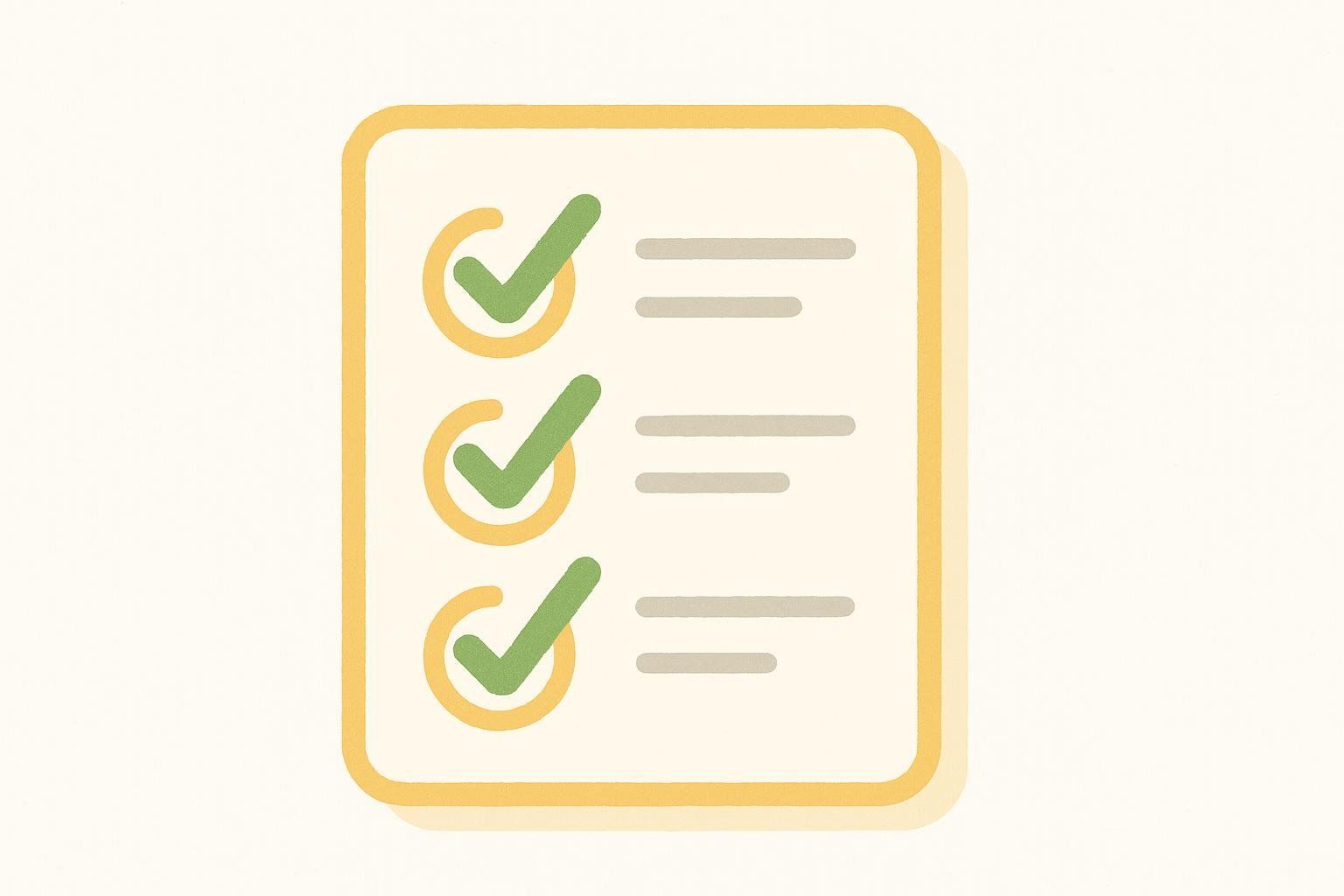
| Indicator | Red-Flag Level |
|---|---|
| Waist-to-height ratio | > 0.50 (Ashwell & Gibson, 2016) |
| Push-ups to fatigue | < 10 (men) / < 5 (women) general fitness norm |
| Persistent low afternoon energy † | Recurring |
| Body-Fat % (DEXA) | Women > 30 % / Men > 22 % (ACSM body-composition categories) |
† These symptoms can stem from many causes but often accompany low lean mass.
If you check two or more boxes, schedule a DEXA scan to be sure.
For alternate methods, see How to Calculate Body Fat Percentage: A Guide.
Why Being Skinny Fat Isn’t Harmless
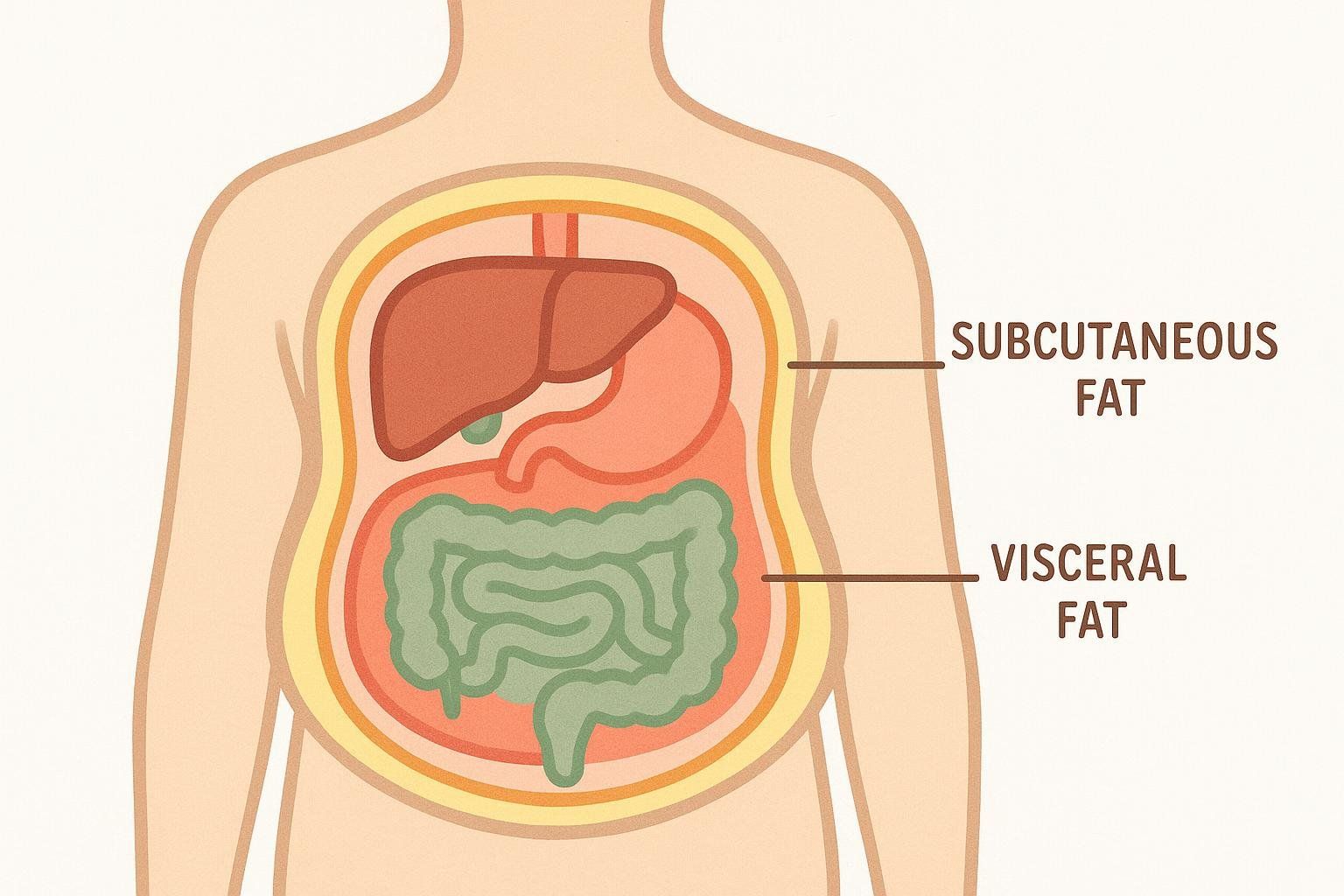
- Visceral Fat & Cardiometabolic Risk – Deep belly fat wraps around organs, raising odds of insulin resistance, high blood pressure, and heart disease (Mayo Clinic).
- Sarcopenic Obesity – Low muscle plus high fat accelerates age-related strength decline, increasing fall and frailty risk.
- Hormonal Imbalances – Excess visceral fat releases inflammatory cytokines that disrupt appetite-regulating hormones such as leptin and ghrelin.
- Performance & Aesthetics – Less muscle lowers resting metabolic rate (RMR), reducing daily calorie burn and producing a “skinny-soft” appearance even at small clothing sizes.
See Visceral Fat Level Chart: Understanding Your Health Risks for more insight.
How Do I Fix My Skinny Fat Body Type?
Focus on three evidence-based levers:
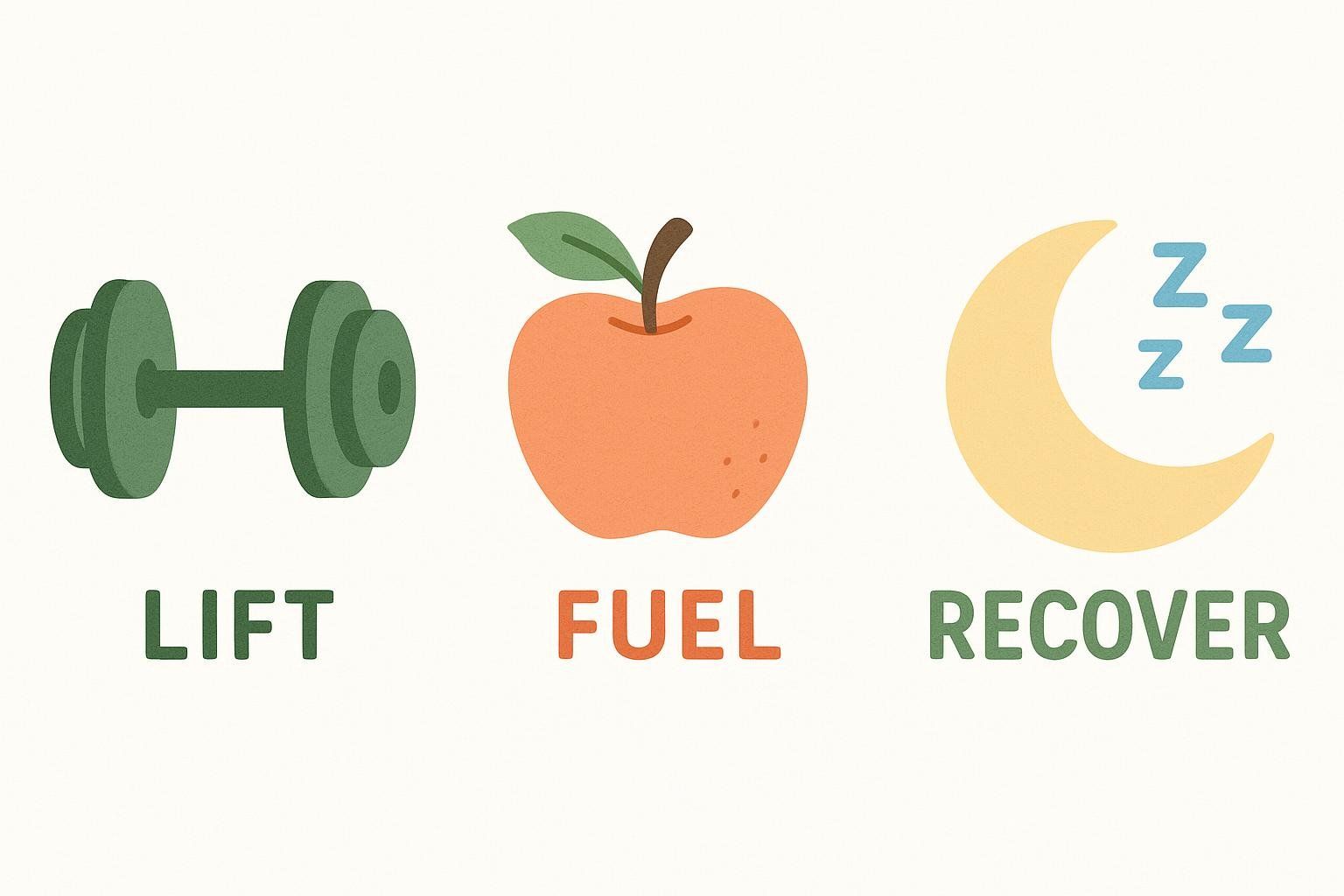
- Lift — Progressive resistance training to stimulate muscle growth.
- Fuel — High-protein, calorie-controlled nutrition plan.
- Recover — Adequate sleep and stress management.
Together these pillars create a body-recomposition environment where you can lose fat and gain muscle simultaneously.
The 12-Week Skinny Fat Transformation Roadmap
Below is the core plan, followed by persona-specific tweaks so you can adapt it to your schedule, culture, or coaching needs.
Phase 1 (Weeks 1–4): Foundation & Neuromuscular Reset
Training
Frequency — 3 full-body lifting sessions/week + 1 HIIT day
Strength template (each lifting day)
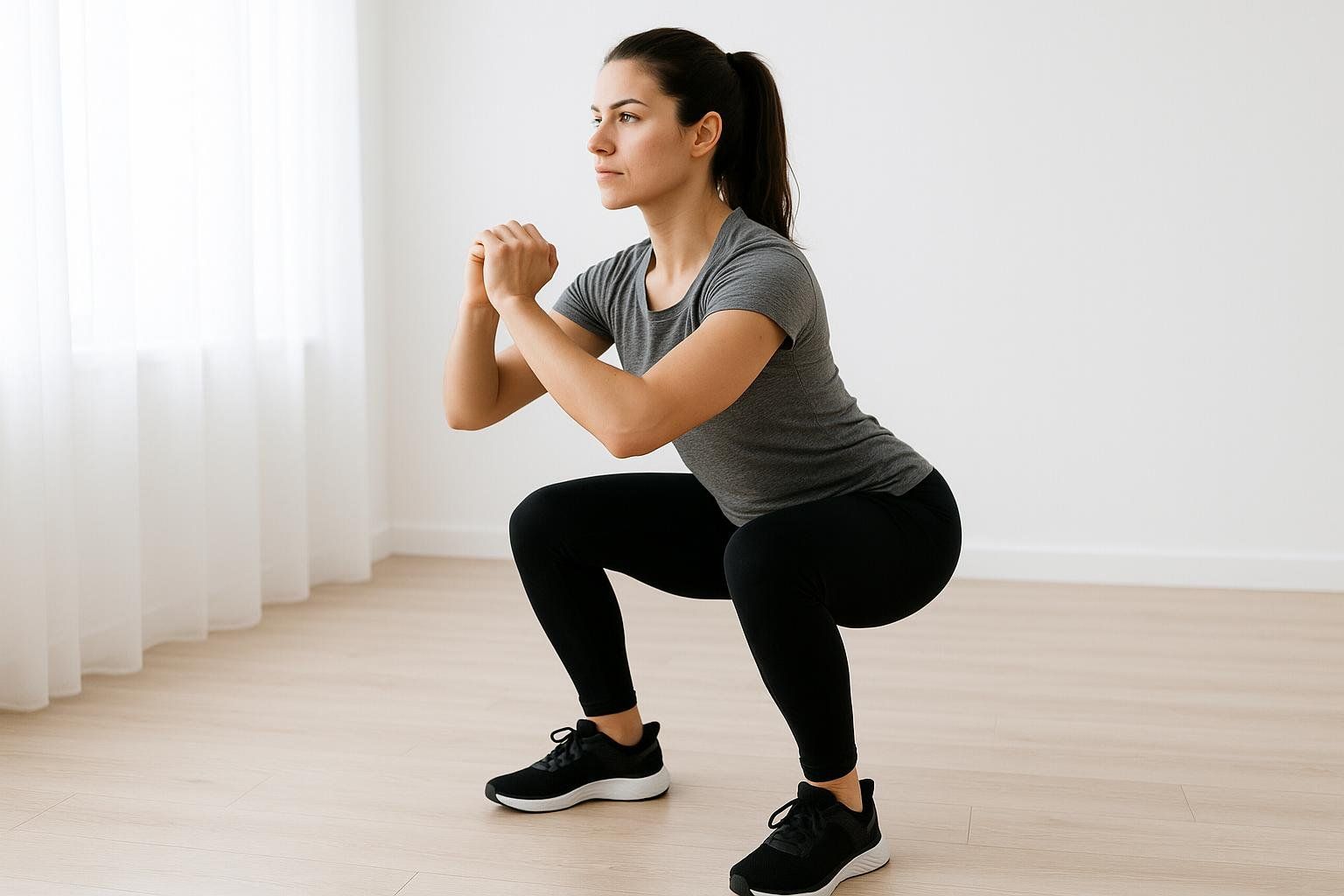
- Squat – 3-4 sets × 8-12 reps
- Romanian deadlift – 3-4 × 8-12
- Bench press or push-up – 3-4 × 8-12
- Bent-over row – 3-4 × 8-12
- Core finisher: plank variations – 2 × 30-60 s
HIIT session — 10 × 1-min bike sprints (90-s rest)
Nutrition
- Eat at maintenance calories.
- Protein: 0.8–1 g/lb body weight.
- Swap sugary drinks for zero-cal options.
Lifestyle
- Sleep ≥ 7 hrs/night.
- 10-min daily mobility routine.
Persona Highlights
• Emily (Busy Professional) – Train Tue/Thu/Sat before work; batch-cook lunches.
• Raj (South Asian) – Add 15-min post-meal walks to blunt glucose spikes (postprandial walking improves glycemic control; see DiPietro et al., 2013).
• Alex (Coach) – Test client 5-rep maxes to set progressive-overload baselines.
Phase 2 (Weeks 5–8): Caloric Deficit & Muscle Drive
Training
Frequency — Upper/Lower split 4 ×/week
Upper Day Example
- Incline dumbbell press – 3-4 × 6-10
- Pull-ups (assisted) – 3-4 × 6-10
- Overhead press – 3-4 × 6-10
- Face pull – 3 × 12-15
Lower Day Example - Deadlift variant – 3-4 × 6-10
- Bulgarian split squat – 3-4 × 6-10
- Hip thrust – 3-4 × 8-12
- Calf raise – 3 × 12-15
Conditioning — Loaded carries or sled pushes 2 ×/week
Nutrition
- Start a 15 % calorie deficit.
- Keep protein 0.8–1 g/lb.
- Emphasize high-fiber carbs (lentils, berries).
Supplements (optional)
- Creatine 5 g/day.
- Vitamin D 2,000 IU (confirm with MD).
Persona Highlights
• Emily – Use 30-min supersets for time-efficient sessions.
• Raj – Swap white rice for quinoa three times/week; measure waist weekly.
• Alex – Program RPE-based progressions for clients.
Phase 3 (Weeks 9–12): Recomp & Performance
Training
Frequency — Continue 4-day split
Intensity — Main lifts: 3-5 sets × 4-8 reps
Performance Day — 1 session/week (e.g., 5-km run PR or recreational sport)
Nutrition
- Carb-cycle: slight surplus (+5–10 %) on training days; deficit on rest days.
- Keep protein high.
Lifestyle
- Cold-water exposure up to 3 ×/week may aid recovery; protocols are still being studied (Hohenauer et al., 2021).
Persona Highlights
• Emily – Aim for +10 % strength on main lifts; target a 1-inch waist reduction.
• Raj – Re-test DEXA & blood panel; aim visceral-fat area < 100 cm².
• Alex – Collect before/after photos & DEXA data for marketing.
Tracking Progress: Metrics That Matter
- DEXA Body Scan – Visualize precise fat vs. muscle changes; schedule at week 13.
- Strength Benchmarks – Add 5–10 % load to compound lifts every four weeks.
- Waist-to-Height Ratio – Keep below 0.5 overall; targets of < 0.47 (men) and < 0.46 (women) support a leaner physique (Ashwell & Gibson, 2016).
- Biofeedback – Track energy, sleep quality, and mood.
Frequently Asked Questions (FAQ)
Is skinny fat easy to lose?
It’s simpler than tackling full-scale obesity because you’re dealing with less total fat mass, but success hinges on adding muscle while trimming fat. Focus on resistance training, adequate protein, and recovery—not just cardio or dieting.
How often should I do cardio if I’m skinny fat?
Two to three focused sessions/week (HIIT or moderate steady-state) are plenty when paired with progressive lifting.
I only have resistance bands—can I still follow the plan?
Yes. Bands, adjustable dumbbells, and body-weight progressions can create enough tension for hypertrophy.
What body-fat % should I aim for?
General lean-look targets: Women 20–24 %, men 12–15 %. Your ideal varies by sport, lifestyle, and genetics. See Understanding Your Body Fat Percentage Chart.
Is intermittent fasting good for skinny fat?
IF can help control calories, but results still hinge on total protein intake and lifting stimulus. Many succeed with a 16:8 schedule.
The Bottom Line
Skinny fat isn’t a life sentence—it’s a data problem you can solve. Book your DEXA scan now and start your transformation today.
